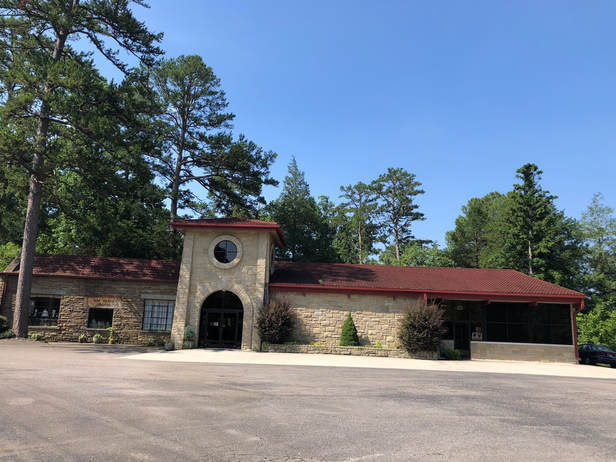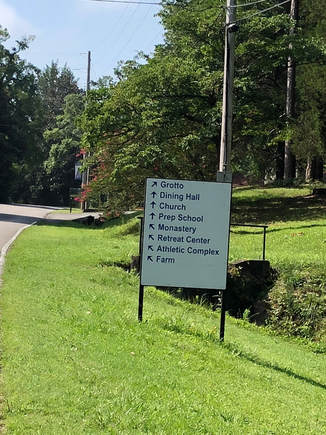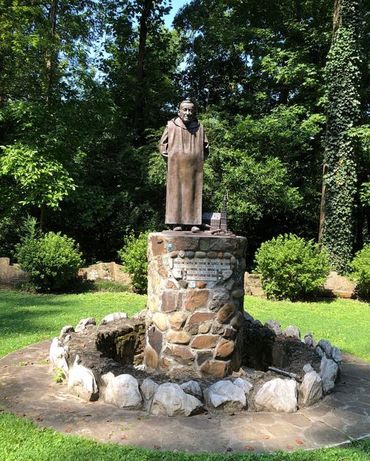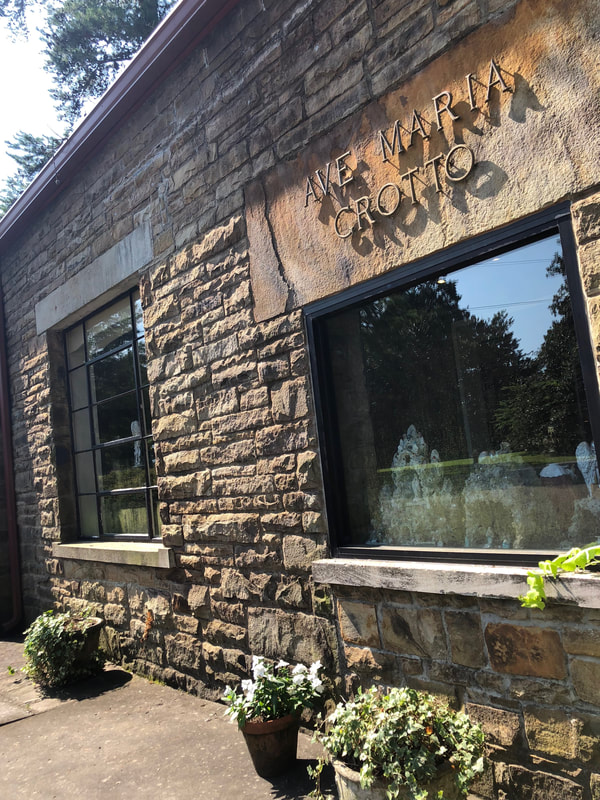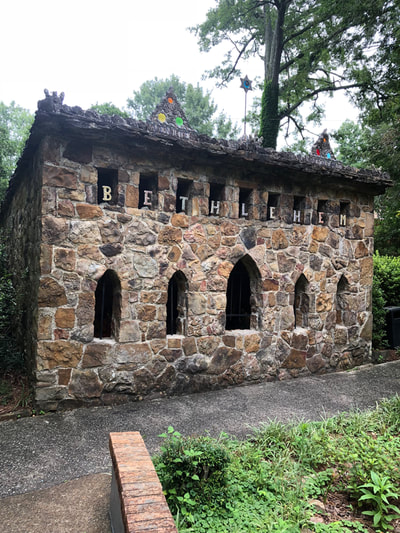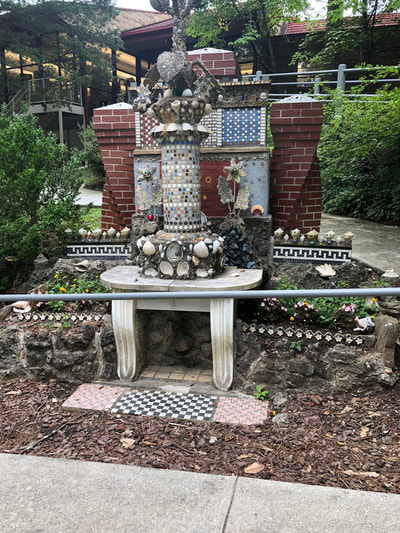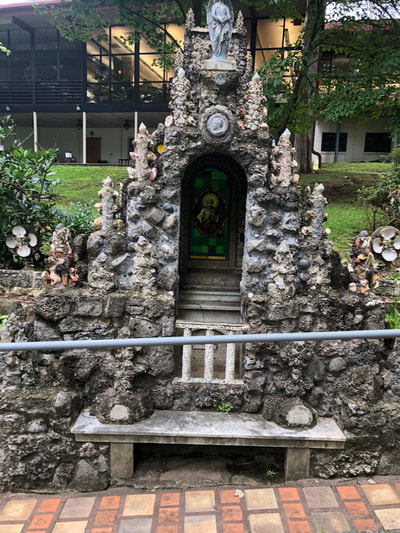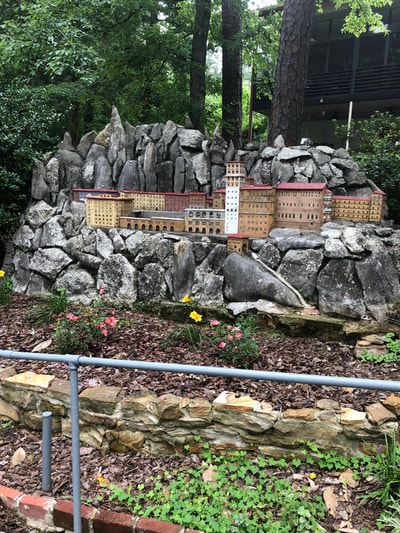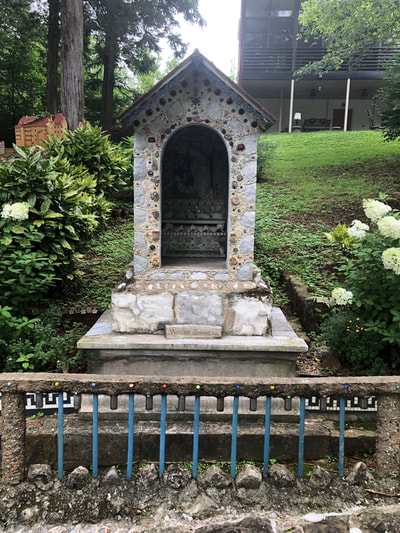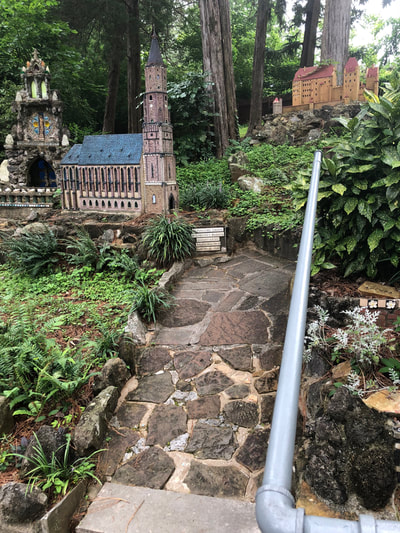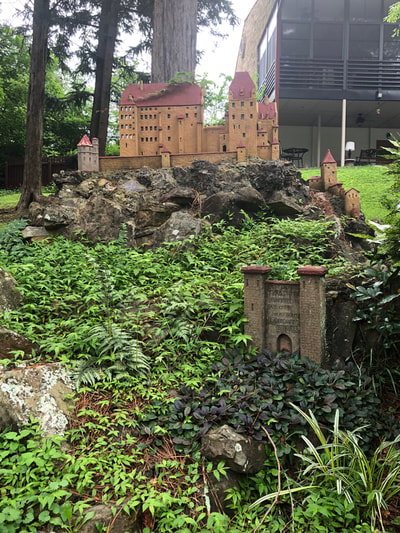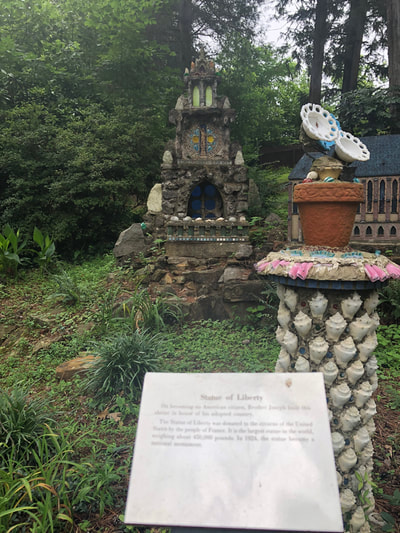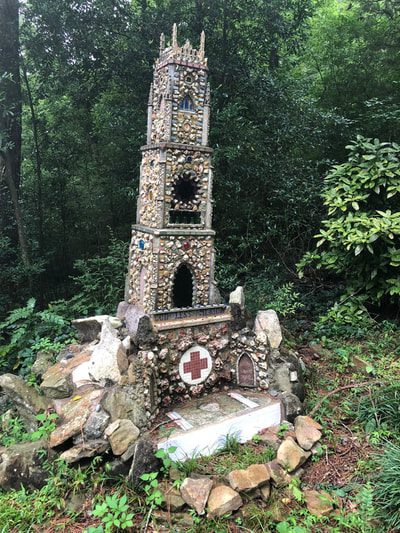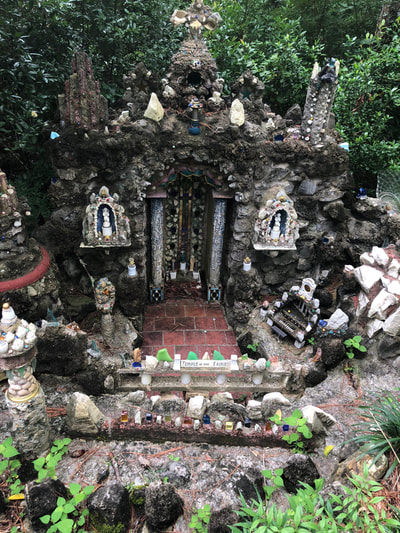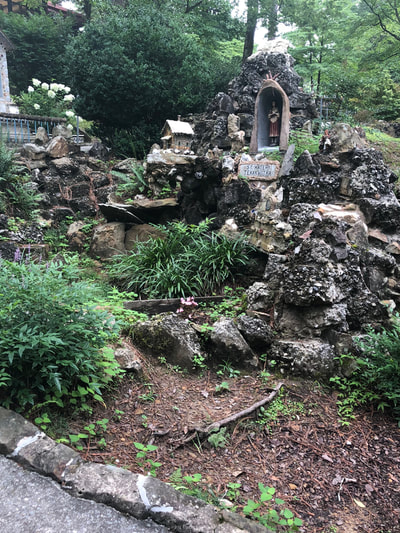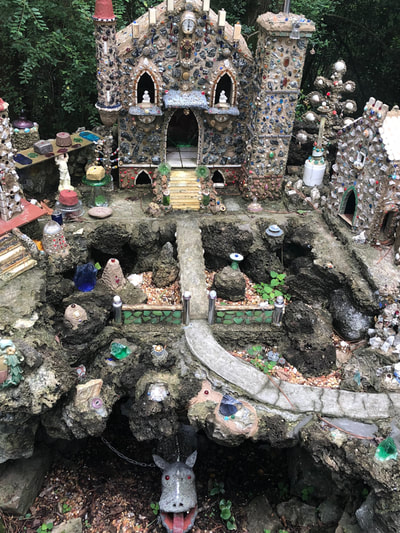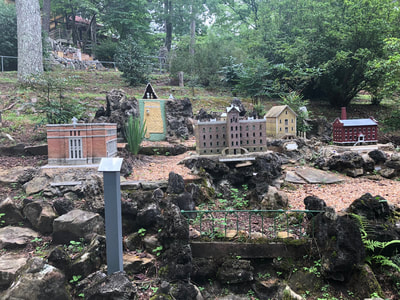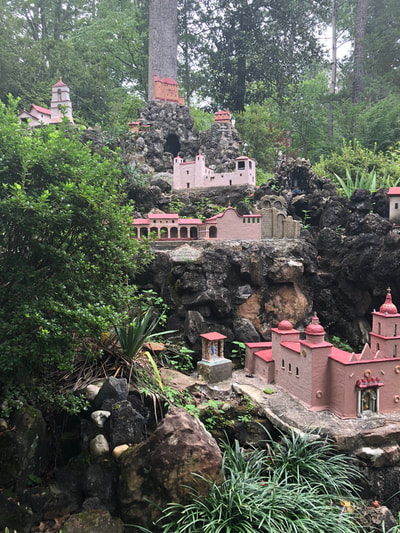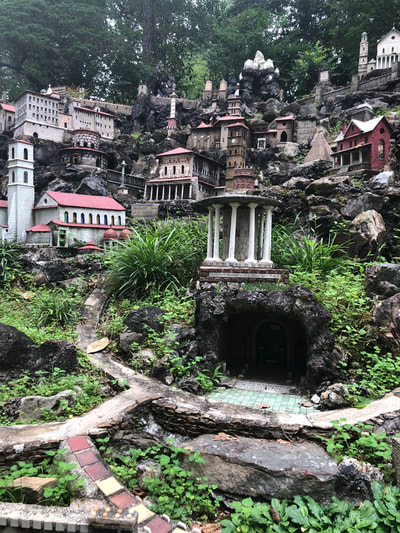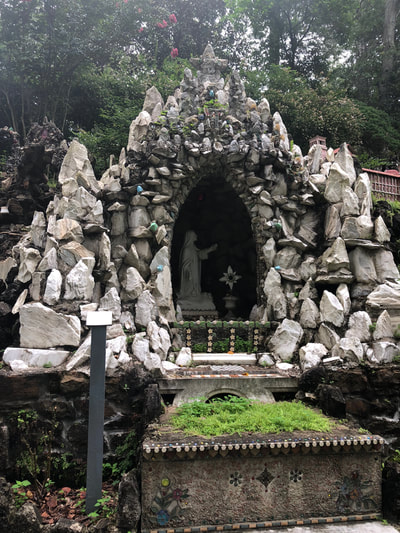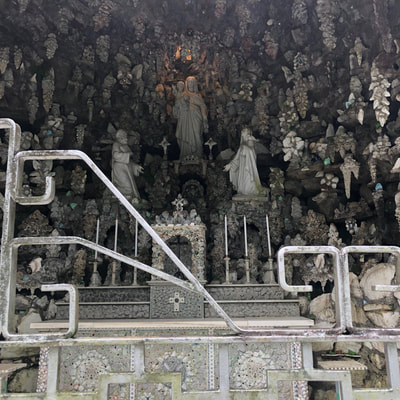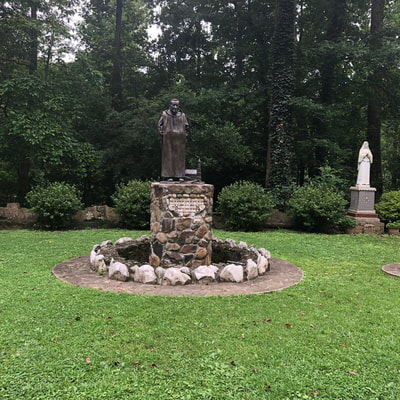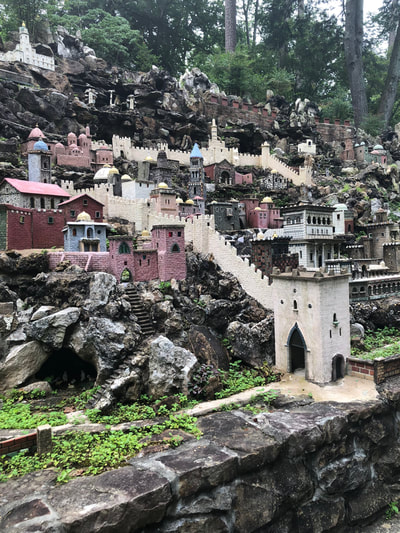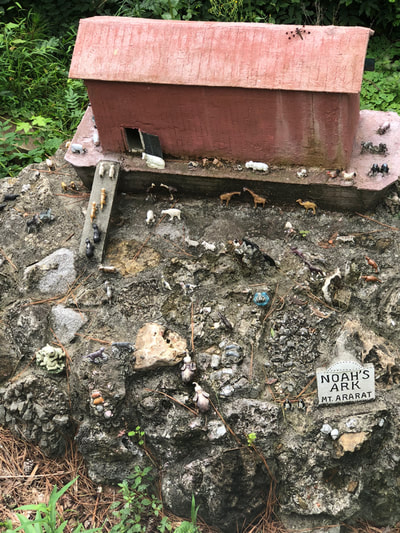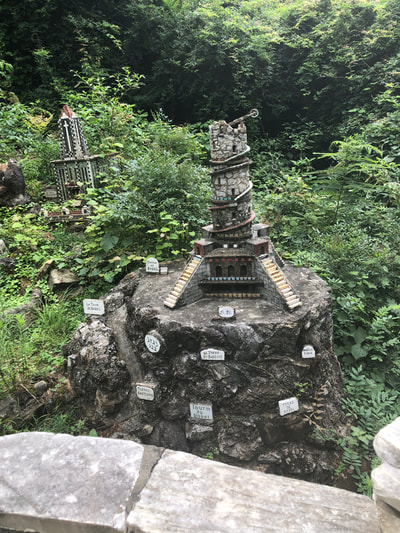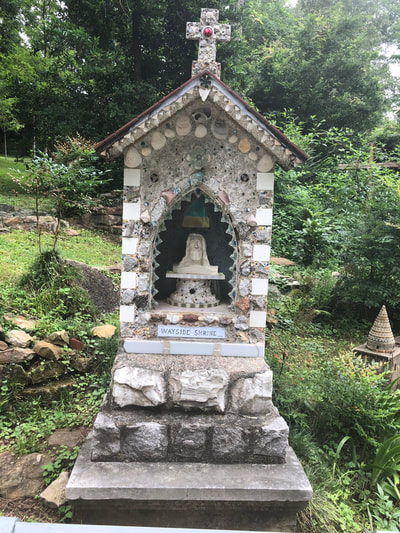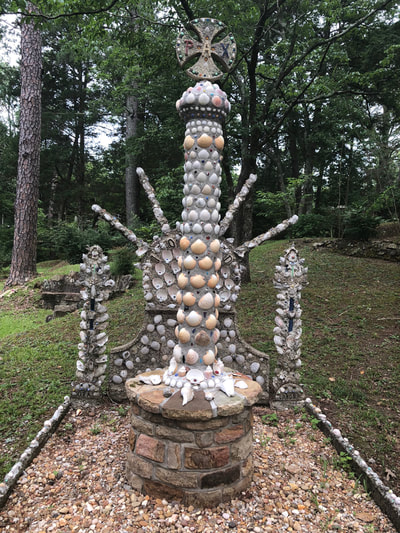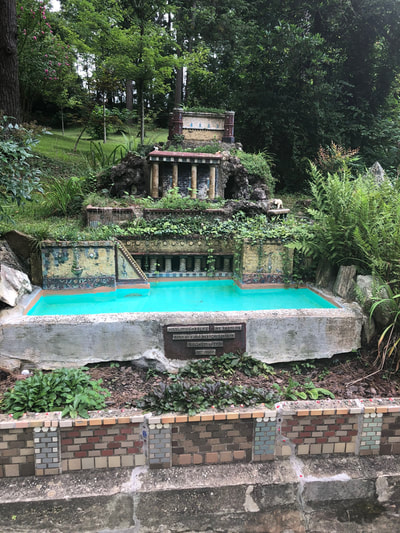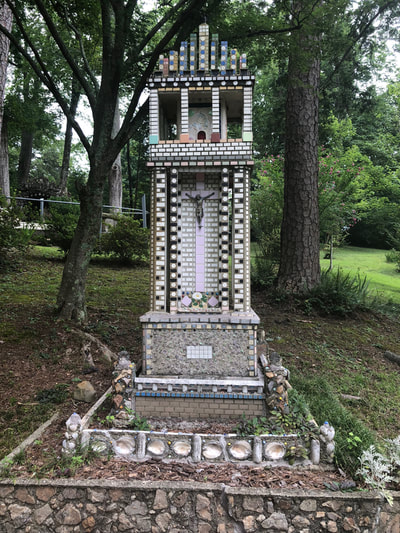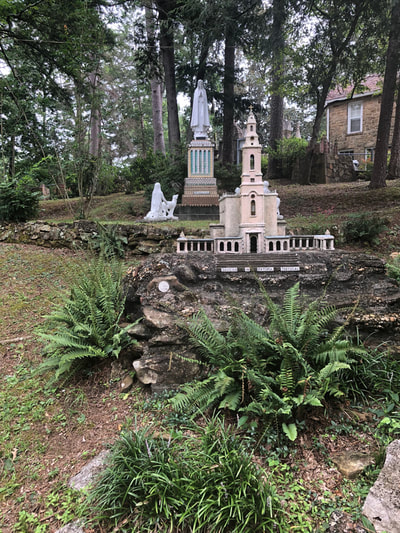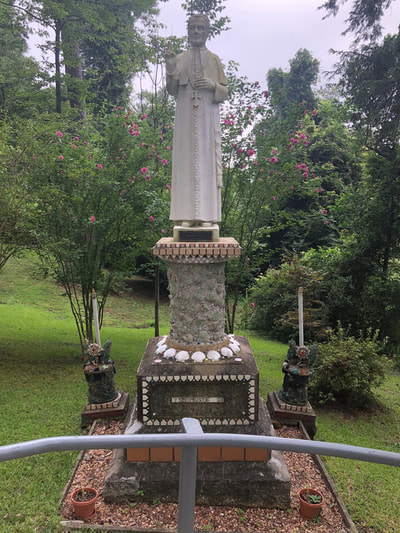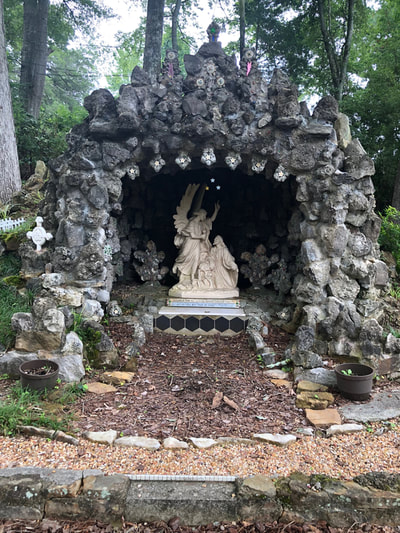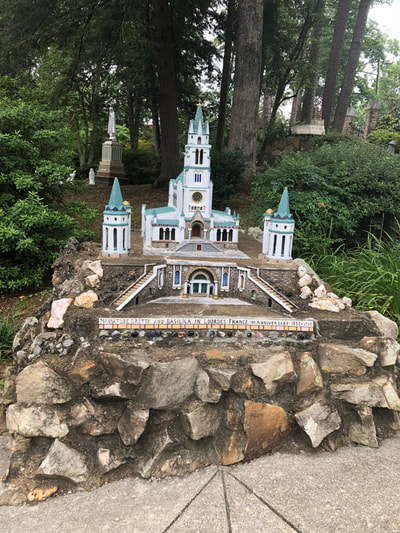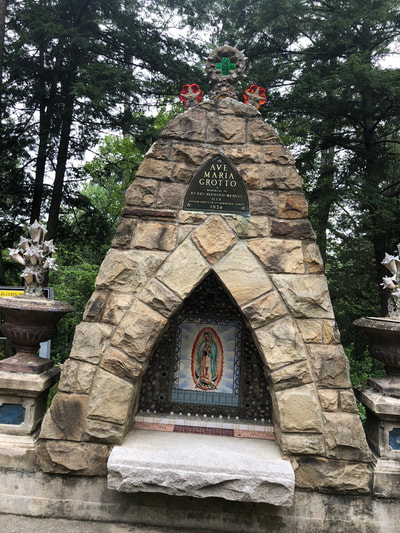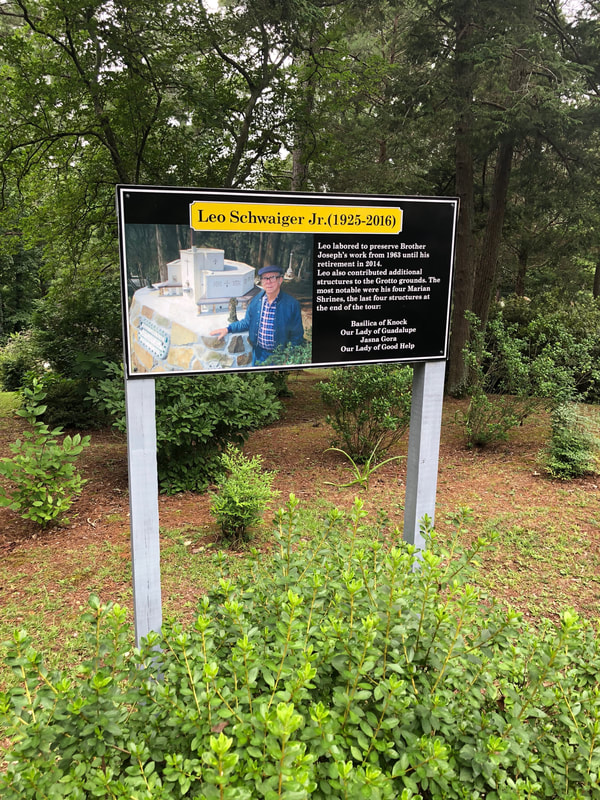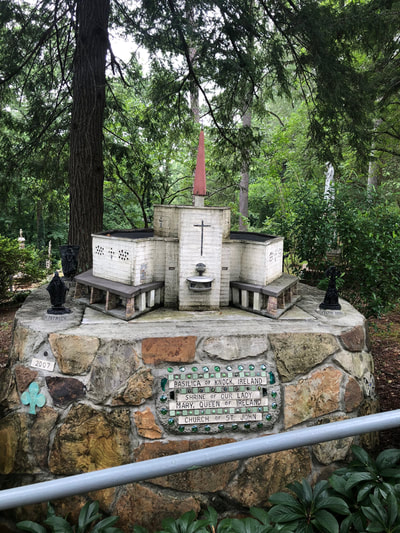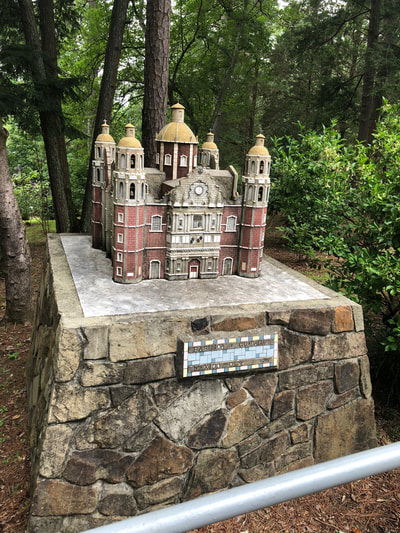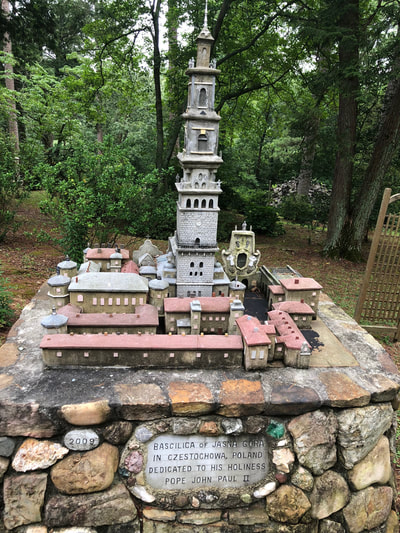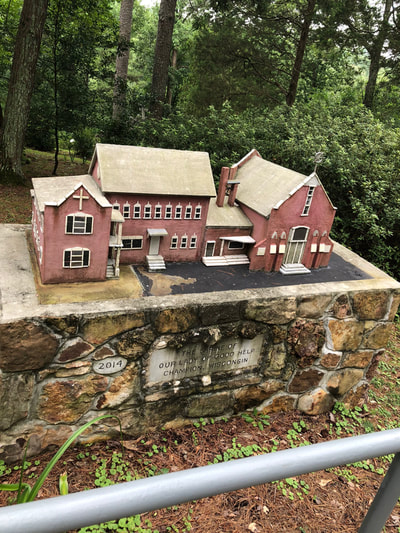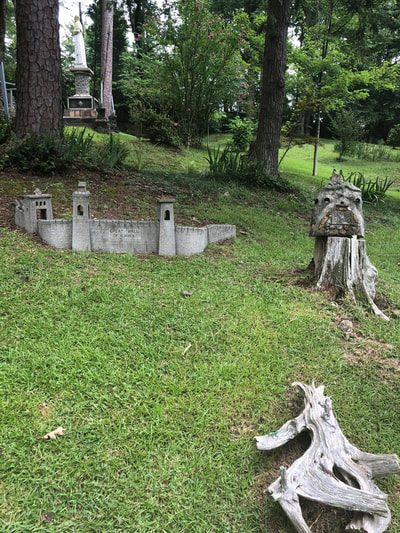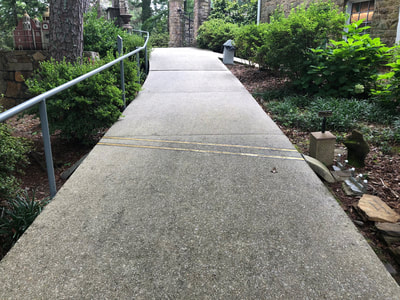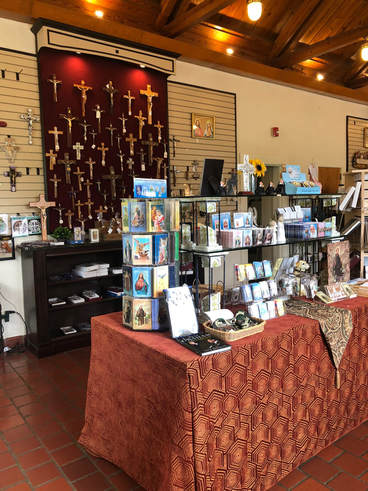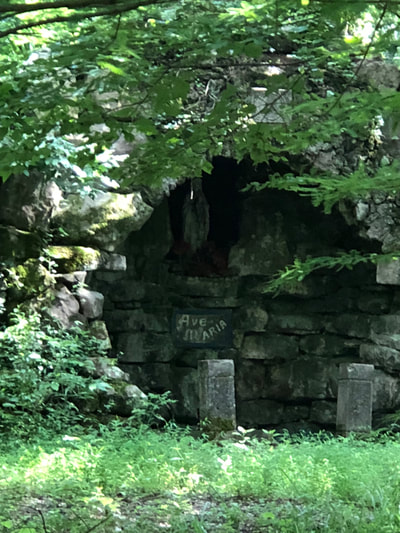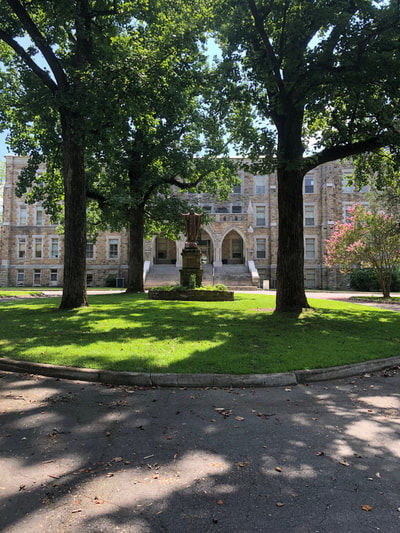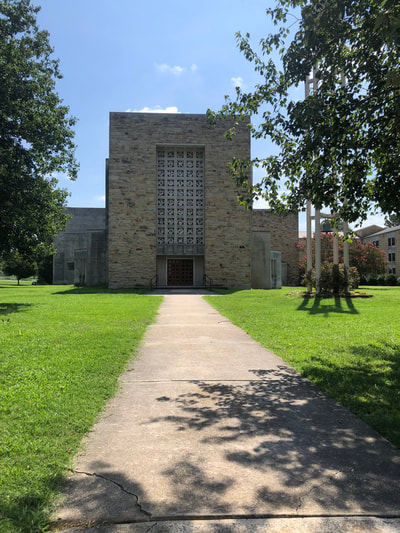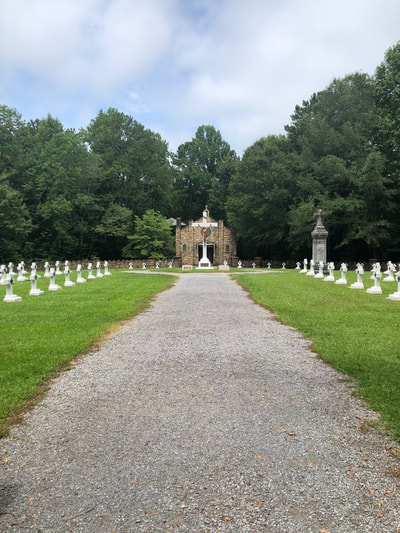Ave Maria Grotto
|
|
The St. Bernard Abbey is located on St. Bernard Drive, just off of Route 278. The Abbey has been in it's current location in Cullman since 1891. Monks from Metten, Germany came to Pennsylvania to minister to the increasing German immigration. Later, they were sent to Alabama to minister to the German Catholic population in Cullman.
|
Brother Joseph
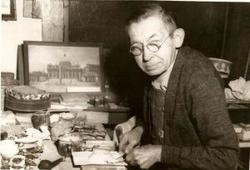 Picture of Brother Joseph courtesy of avemariagrotto.com
Picture of Brother Joseph courtesy of avemariagrotto.com
Brother Joseph, born Michael Zoettl is the man responsible for the Ave Maria Grotto. Born in 1878 in Bavaria, Germany, Michael was always very short in height. He had an accident as a young boy which caused him to have a hunched back.
In 1892, Father Gamelbert Brunner went to Europe looking for candianates for the St. Bernard Abbey. Michael wanted badly to become a priest. However, with an ailment such as a hunched back, that was not possible for him, as it would distract the congregation during masses. Michael decided to follow Father Brunner and became a housekeeper for the monks at the Abbey.
Eventually, Brother Joseph was put in charge of the powerhouse having to shovel coal for 17 hours a day. He did this for 30 years. He became bored of it and more than this, he felt that he was not of much help to the others, since he wasn't a priest. So, he started hobbies again.
In 1892, Father Gamelbert Brunner went to Europe looking for candianates for the St. Bernard Abbey. Michael wanted badly to become a priest. However, with an ailment such as a hunched back, that was not possible for him, as it would distract the congregation during masses. Michael decided to follow Father Brunner and became a housekeeper for the monks at the Abbey.
Eventually, Brother Joseph was put in charge of the powerhouse having to shovel coal for 17 hours a day. He did this for 30 years. He became bored of it and more than this, he felt that he was not of much help to the others, since he wasn't a priest. So, he started hobbies again.
Ave Maria Grotto
Tour of the Grotto
The Grotto is made up of a long winding path lined by 32 shrines and miniature recreations, including a shrine to Bethlehem, St. Peter, and St. Therese, as well as miniature recreations of various basilicas and the town of Jerusalem.
Although one can schedule an official tour with Brother Marion Sanchez, the director of the Grotto, most people walk around by themselves, with a brochure for a self-guided tour.
Although one can schedule an official tour with Brother Marion Sanchez, the director of the Grotto, most people walk around by themselves, with a brochure for a self-guided tour.
Your browser does not support viewing this document. Click here to download the document.
